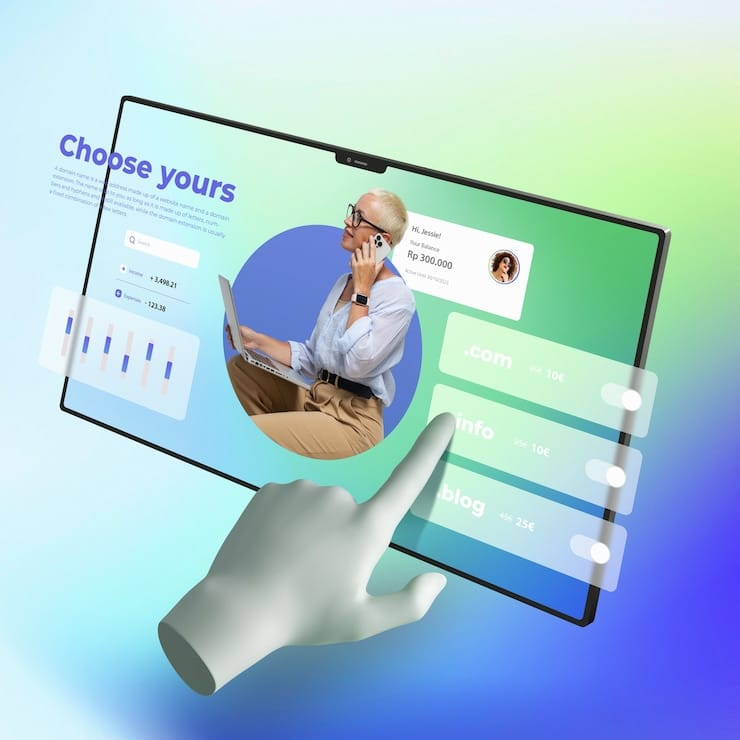Video’s en hun belang in marketing
- Von: Mag. Dominik Mikulaschek

Video’s maken deel uit van moderne online marketing en stellen bedrijven in staat om hun klanten te bereiken en efficiënt met hen te communiceren. Uitlegvideo’s kunnen worden ingesloten op de website of worden gebruikt op verschillende sociale kanalen. Wereldwijd gebruikt 64% van alle gebruikers videokanalen, dus een breed publiek kan worden aangesproken met explainer video’s, waardoor het echt de moeite waard is om de explainer video’s op zoveel mogelijk platforms te plaatsen.
Video’s kunnen worden gebruikt als extra stimulans om geïnteresseerden naar uw website te lokken. De ervaring leert dat bezoekers langer blijven als er een verklarende film beschikbaar is.
Videomarketing kan bijzonder effectief zijn in verschillende toepassingsgebieden. Dit zijn met name de volgende:
- Productpresentaties
- Toename in productverkoop
- Klantloyaliteit verhogen
- Video-instructies
- Lesmateriaal
- Persrelaties
- Nieuwe introductie van een product, merk of bedrijf
- Verbeter uw positie in zoekmachines
- Adverteren op andere websites
- Merkbeheer
Uitlegvideo's worden steeds belangrijker
Elke dag worden er grote hoeveelheden content gemaakt voor en geconsumeerd op het internet. Video’s nemen al een groter deel van de mediaconsumptie voor hun rekening dan welke andere vorm van content dan ook. Daarom is het belangrijk om na te denken over hoe video’s winstgevend kunnen worden gebruikt om hun marketingpotentieel te maximaliseren.
Als je een perfecte film met uitleg wilt maken, moet je jezelf meteen aan het begin een aantal belangrijke vragen stellen:
- Welke doelgroep heb ik in gedachten voor mijn explainer video?
- Welke boodschap wil ik overbrengen?
- Wat is de beste manier om een explainer video te integreren in mijn bestaande marketingstrategie?
- Wat is de beste lengte voor mijn uitlegfilm?
- Wat is de beste manier om mijn aanbod, product of dienst te presenteren?
Explainer video distributie - hoe pak je dat aan?
Om je explainer video’s succesvol te laten zijn, moeten ze altijd zo worden gebruikt dat gebruikers ze zo gemakkelijk mogelijk kunnen vinden en de mogelijkheid hebben om er commentaar op te geven en ze te delen met andere gebruikers.
Gebruik explainer video’s daarom niet alleen op je homepage, maar verspreid ze ook via de juiste sociale mediaplatforms. Met een goed geplande marketingcampagne kan je explainer-video zich snel verspreiden.
Het is goed om te onthouden dat niet alleen de inhoud een rol speelt in je video. Trefwoorden zijn een bewezen SEO-maatregel waarmee gebruikers snel precies die inhoud kunnen vinden waarnaar ze op zoek zijn. Trefwoorden moeten daarom ook worden opgenomen in de titel en beschrijving van je explainer video.
Google-ranking en conversie verbeteren
Google waardeert uitlegvideo’s hoog en ze kunnen daarom helpen om je ranking te verbeteren. Vooral als uw concurrenten nog geen uitlegvideo’s hebben geïmplementeerd, kunnen ze een uitstekende SEO-maatregel voor u zijn om uw ranking te verbeteren en de topposities in de zoekresultaten te bereiken. Tegelijkertijd kunt u meer bezoekers omzetten in klanten.
Kenmerken van een goede film met uitleg
Eenvoudige communicatie en tijdbesparende beknoptheid behoren tot de belangrijkste kenmerken van explainer video’s. Animatie en storytelling zijn ideaal om zelfs complexe inhoud op een levendige manier over te brengen en emoties aan te spreken, waardoor aankoopbeslissingen sneller worden genomen.
De combinatie van beeld en geluid draagt bij aan een uitstekend leereffect en kan een enorm hoge dichtheid aan informatie overbrengen in een explainer video van één minuut. Sterke branding is een ander kenmerk van de explainer video. Een video kan ook snel de USP duidelijk maken.
Vooral start-ups kunnen van deze gelegenheid gebruik maken om innovatieve producten te laten zien, zodat gebruikers ze meteen begrijpen.
We laten je graag zien welke mogelijkheden een explainer video kan bieden voor je eigen bedrijf.











